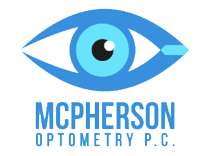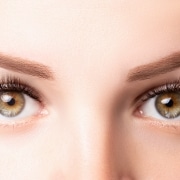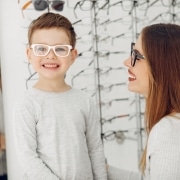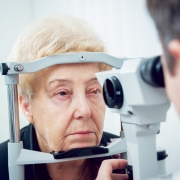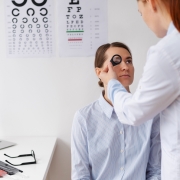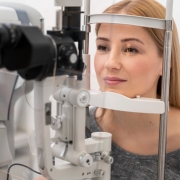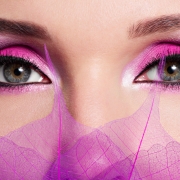The Pros and Cons of LASIK
For many, LASIK, short for Laser-Assisted in Situ Keratomileusis, has been a transformative vision correction procedure that has improved their quality of life in addition to helping them to see better. Yet, it’s not for everyone. Your optometrist in North Syracuse, NY at McPherson Optometry P.C. can help to determine if this procedure is viable for your individual situation. In the meantime, it will help to educate yourself about both side. Here are the pros and cons of LASIK:
PROS
Improved Vision
People don’t get LASIK for the fun of it, but having the opportunity to finally put those eyeglasses into a drawer once and for all is very appealing. For many, this means being untethered from glasses or contacts; a newfound sense of freedom and convenience in their daily lives.
Quick Recovery
LASIK is a relatively quick procedure, typically taking less than 30 minutes, and the recovery time is fast. You could do this in the time it takes to bake a cake or change your engine oil! Most patients can return to normal activities within a day or two, and vision improvements are noticeable almost immediately. This makes LASIK a highly appealing option for those with busy schedules.
Long-Term Cost Savings
While the upfront cost of LASIK can seem high, it often pays off in the long run. By reducing the need for glasses, contacts, and regular eye exams, many patients find that they save money over time. Plus, the long-lasting results of LASIK mean you won’t have to worry about replacing eyewear frequently.
CONS
Potential Side Effects
Although LASIK is generally safe, it’s not without risks. Some patients may experience side effects like dry eyes, glare, or halos around lights, especially at night. These side effects usually improve over time, but they can be bothersome in the short term.
Not Suitable for Everyone
Those with certain eye conditions, like thin corneas or severe dry eyes, may not be good candidates. LASIK doesn’t correct presbyopia, the age-related decline in close-up vision, which means older adults may still need reading glasses after getting LASIK.
Now that you know more about LASIK, and can see both sides of the argument for getting LASIK in North Syracuse, NY, it’s time to get your consultation with McPherson Optometry. Contact us today to book your appointment!
